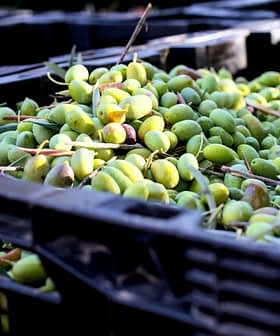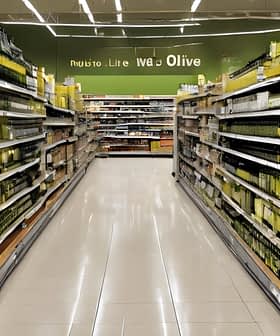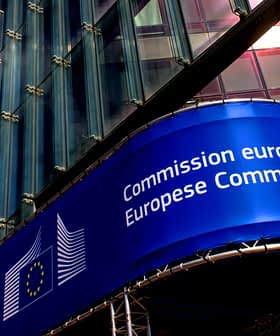Europe Continues to Liberalize Imports While Export Uncertainty Grows

The U.S. threatened to impose a 17 percent tariff on E.U. agricultural imports, including olive oil, if a trade deal is not reached, while new data shows U.S. tariff revenue has increased fourfold over the past year, potentially impacting future trade negotiations. In response, the EFTA countries have signed a deal to remove tariffs on imports from Mercosur countries, potentially increasing competition with European olive oil producers in the Swiss market.
Shortly after the European Union said it would be “impossible” to meet the July 9th deadline set by the United States to complete a trade deal, the world’s largest economy threatened to impose a 17 percent tariff on agricultural imports from the 27-member bloc, including olive oil.
E.U. exports to the U.S. currently face a ten percent tariff imposed in April, which could rise to the original rate of 20 percent. U.S. President Donald J. Trump had previously threatened Europe with 50 percent tariffs if a deal was not reached.
New data showing U.S. tariff revenue increased fourfold over the past year, with trade volumes declining by 25 percent from March 2025 to April, when the tariffs were implemented, are expected to buoy the administration’s confidence in the policy and lower the chances of a détente.
See Also:Brazil Removes Tariffs on European Olive Oil ImportsWhile producers from around the olive oil world have told Olive Oil Times that consumer prices are unlikely to rise before the start of the next harvest, the uncertainty of what tariffs will be when the first Northern Hemisphere olive oil is produced in October makes it impossible to plan for the future.
Producers have not ruled out raising prices to cover the cost of the tariff or diverting products away from the U.S. to other markets.
“The problem is uncertainty, because the U.S. government has already given at least four versions of what the policy will be, and so far it has not applied any,” said Juan Vilar, the chief executive of Vilcon, a strategic consultancy in the olive oil sector. “The first thing we need is certainty before we determine what the impact will be.”
Meanwhile, the four European countries that comprise the European Free Trade Agreement – Iceland, Liechtenstein, Norway and Switzerland – have signed a deal to remove tariffs on imports from the four South American countries that make up Mercosur, which includes Argentina, Brazil, Paraguay and Uruguay.
According to World Bank trade data, Switzerland imported 126 kilograms of virgin and extra virgin olive oil valued at $1,260 (€1,165) from Argentina and five kilograms of virgin and extra virgin olive oil valued at $800 (€740) from Uruguay in 2023.
The deal is expected to remove tariffs applied to olive oil imports by Swiss authorities, ostensibly paving the way for South American exporters to compete with European producers that already enjoy free trade access to the Swiss market.
Overall, the data show the three largest EFTA members combined to import 16.9 million kilograms of virgin and extra virgin olive oil valued at $144 (€133) million in 2023.
However, there were no olive oil exports from the Mercosur countries to Norway or Iceland, as these countries do not currently apply tariffs on virgin and extra virgin olive oil imports from Argentina and Uruguay. No trade data for Liechtenstein, the seventh smallest country in the world by population, were available for analysis.
The EFTA-Mercosur trade deal comes shortly after the E.U. and Chile signed a free trade agreement, removing tariffs on Chilean olive oil imports. Meanwhile, the E.U. and Mercosur trade deal awaits ratification by E.U. capitals.
The raft of trade deals paves the way for more exports from South America, the largest olive oil-producing region outside the Mediterranean Basin, to Europe at a time when European exporters are dealing with the uncertainty created by U.S. tariffs, with limited alternatives.
“The United States is our biggest market,” said Manuel Norte Santo, the export manager of the Portuguese producer and exporter Est. Manual Silva Torrado. “It’s very complicated to predict what will happen. We’ve been talking with our clients, and they told us that we need to wait a few months to understand what will happen since the Trump administration is very volatile.”







